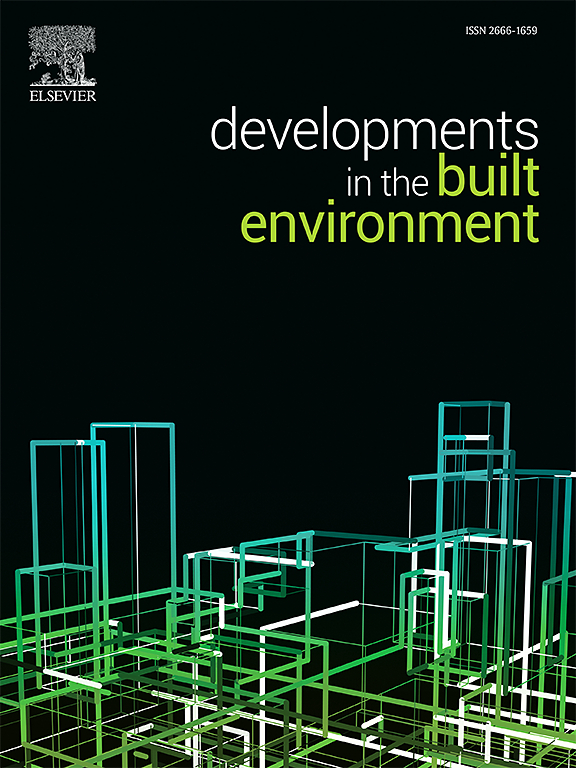Bias-aware degradation models for reinforced concrete bridges based on XAI
IF 6.2
2区 工程技术
Q1 CONSTRUCTION & BUILDING TECHNOLOGY
引用次数: 0
Abstract
Bridge management systems store condition data collected during visual inspections of bridges. However, rapidly evolving damage on older bridges still in operation was repaired before it could be documented in these databases, which were developed only 30 to 40 years ago. As a result, condition data is affected by survivorship bias. This work addresses this issue by developing a composite analysis based on explainable artificial intelligence techniques to analyze condition data and derive degradation models for existing bridge components. The analysis comprises four steps: (1) cluster analysis of damage transition times using the k-means algorithm to identify damage patterns with similar damage evolution rates (fast, normal, slow, corresponding to bridge components with a fragile, normal, and robust deterioration behavior); (2) Random Forest classification to predict the cluster based on bridge inventory data; (3) SHAP analysis to explain the predictions of the Random Forest classifier; (4) application of the gamma process to the grouped damage transition times to assess damage evolution. SHAP analysis reveals survivorship bias, indicating that fast-evolving damages primarily affect newly built bridges, while slow-evolving damages are associated with older bridges. By clarifying the composition of the clusters and the population of bridges to which the damage belongs, SHAP analysis also enables the development of bias-aware degradation models. The approach is demonstrated through the analysis of crack evolution in reinforced concrete bridges in Germany.
基于XAI的钢筋混凝土桥梁偏差感知退化模型
桥梁管理系统存储在桥梁目视检查期间收集的状态数据。然而,在这些仅在30到40年前开发的数据库中,仍在运营的老桥梁上迅速发展的损伤在被记录到这些数据库之前就被修复了。因此,病情数据受到生存偏差的影响。这项工作通过开发基于可解释的人工智能技术的复合分析来解决这个问题,以分析状态数据并推导现有桥梁部件的退化模型。分析包括四个步骤:(1)使用k-means算法对损伤过渡时间进行聚类分析,以识别具有相似损伤演化速率(快速、正常、缓慢,对应于具有脆弱、正常和鲁棒劣化行为的桥梁部件)的损伤模式;(2)基于桥梁清查数据的随机森林分类预测聚类;(3) SHAP分析来解释随机森林分类器的预测;(4)将伽玛过程应用于损伤过渡时间分组,评估损伤演化。SHAP分析揭示了生存偏差,表明快速发展的损伤主要影响新建的桥梁,而缓慢发展的损伤与旧桥梁有关。通过澄清簇的组成和损伤所属的桥梁种群,SHAP分析还可以开发偏差感知退化模型。通过对德国钢筋混凝土桥梁裂缝演化的分析,验证了该方法的有效性。
本文章由计算机程序翻译,如有差异,请以英文原文为准。
求助全文
约1分钟内获得全文
求助全文
来源期刊

Developments in the Built Environment
Multiple-
CiteScore
7.40
自引率
1.20%
发文量
31
审稿时长
22 days
期刊介绍:
Developments in the Built Environment (DIBE) is a recently established peer-reviewed gold open access journal, ensuring that all accepted articles are permanently and freely accessible. Focused on civil engineering and the built environment, DIBE publishes original papers and short communications. Encompassing topics such as construction materials and building sustainability, the journal adopts a holistic approach with the aim of benefiting the community.
 求助内容:
求助内容: 应助结果提醒方式:
应助结果提醒方式:


